History of the breed
Origin: The Scottish Setter (Gordon Setter) is a breed of dog that originated in Scotland. It probably originated in the 18th century and was used for hunting grouse and game. The Scottish Setters were originally known as Black and Tans, but in the late 19th century they were renamed Gordon Setters, after the four-day Gordon Scottish Festival held at Gordon Castle where these dogs were shown.
Development of the breed: The Scottish Setters were bred in Scotland for use in hunting, and for many years they were used as working dogs. They were very popular in Scotland and England, where they were used to hunt grouse and other game. At the end of the 19th century the breed became increasingly popular in the United States, where it was used for shows and hunting.
Popularity: Scottish Setters (Gordon Setters) are still popular as working dogs, but are also widely used as companions and show dogs. They are recognizable members of the breed because of their elegant appearance and attractive coat. Currently, the breed is not at the pinnacle of popularity, but still has its devoted fans.
Breed characteristics
Appearance: The Scottish Setter (Gordon Setter) is a large breed of dog that has an elegant and graceful appearance. Dogs have long, smooth coats that can be black or black and brown with white markings on the chest, paws, and muzzle. They have a deep, broad chest, long tail and long, graceful legs.
Character: Scottish Setters (Gordon Setters) are friendly and social dogs that are usually good with children and other animals. They are very energetic and need plenty of exercise and exercise. They can also be quite independent and stubborn, so a consistent and patient approach to their training is required.
Health: Scottish Setters (Gordon Setters) can have some healthy problems common to many large dog breeds. These problems include hip dysplasia, eye problems, and some rare genetic diseases. It is important to have regular health screenings for your dog and to monitor his health.
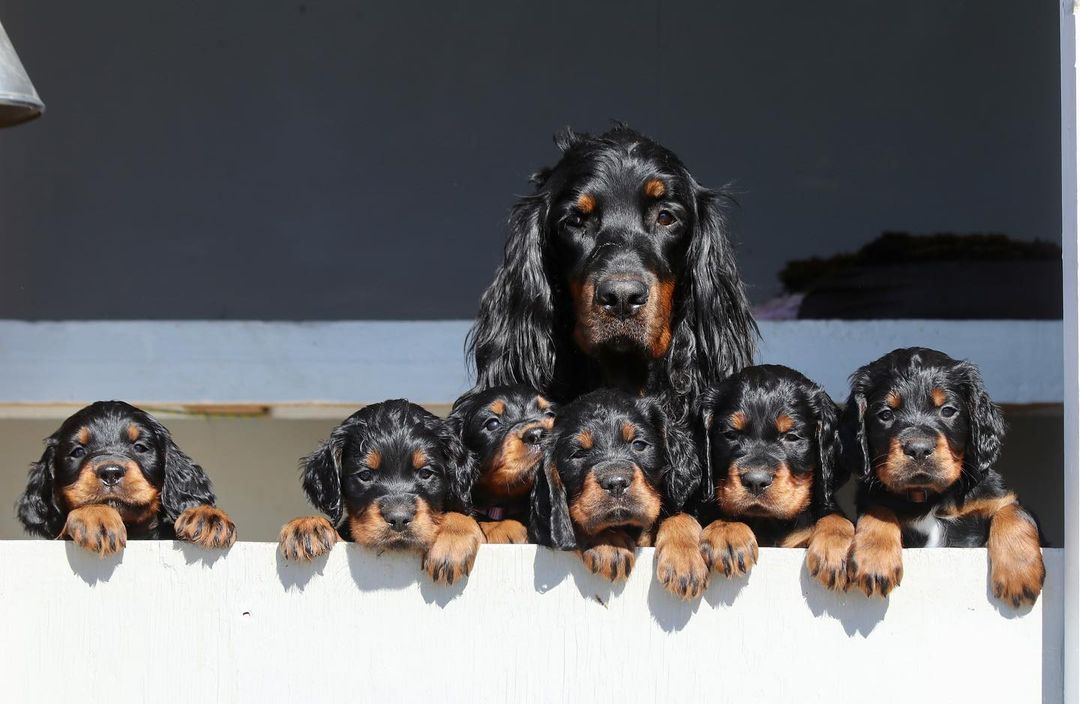
Breed upbringing and care
Training: Scottish Setters (Gordon Setters) need plenty of physical activity and exercise, including outdoor walks, running and games. They can also be trained on various commands and tricks, but this may require plenty of time and patience. It is important to use positive reinforcement and not to use harsh methods of discipline.
Nutrition: Scottish Setters (Gordon Setters) need quality nutrition to keep them healthy and energetic. It is important to choose foods that are appropriate for your dog’s age, weight, and activity level. It is advisable to feed them twice a day and not give them excessive treats or food.
Hair Care: Scottish Setters (Gordon Setters) have long, thick coats that require regular maintenance. The coat should be brushed regularly to avoid knots and tangles. It is also recommended that your dog’s nails be clipped and his ears cleaned regularly.
Health and medical issues: Scottish Setters (Gordon Setters) can be susceptible to some diseases, so it is important to have regular health screenings and monitor their health. In addition, it is recommended to vaccinate your dog and ensure he is protected against fleas and other parasites.
Top 10 facts about the Scottish Setter (Gordon Setter):
- The Scottish Setter (Gordon Setter) is a large breed of dog that originated in Scotland. They were used for hunting grouse and game.
- Scottish Setters (Gordon Setters) were originally known as black and tans, but in the late 19th century they were renamed Gordon Setters in honor of the four-day Gordon Festival of Scotland.
- Scottish Setters (Gordon Setters) have long, smooth coats that can be black or black and brown with white markings on the chest, paws and muzzle.
- They are energetic and friendly dogs that are good with children and other animals.
- Scottish Setters (Gordon Setters) need plenty of physical activity and exercise, including outdoor walks, running and games.
- They can be trained on a variety of commands and tricks, but can be quite stubborn and require a consistent and patient approach to their training.
- Scottish Setters (Gordon Setters) can have some healthy problems, including hip dysplasia, eye problems and some rare genetic diseases.
- Scottish Setters (Gordon Setters) need regular grooming of their coat, including daily brushing, claw clippings, and ear brushing.
- Scottish Setters (Gordon Setters) can be great companions and working dogs who can become loyal friends to their owners.
- The Scottish Setter (Gordon Setter) is a relatively rare breed of dog, but still has a loyal following around the world. Currently, the breed is not at the pinnacle of popularity, but is still being recognized for its elegant appearance and endurance in the field.
Conclusions
Scottish Setters (Gordon Setters) are elegant and energetic dogs that can make excellent companions and working dogs. They require a fair amount of exercise and grooming, but can make great friends for their owners. If you are willing to put enough time and effort into their training and care, the Scottish Setter (Gordon Setter) can make a great pet for your family.
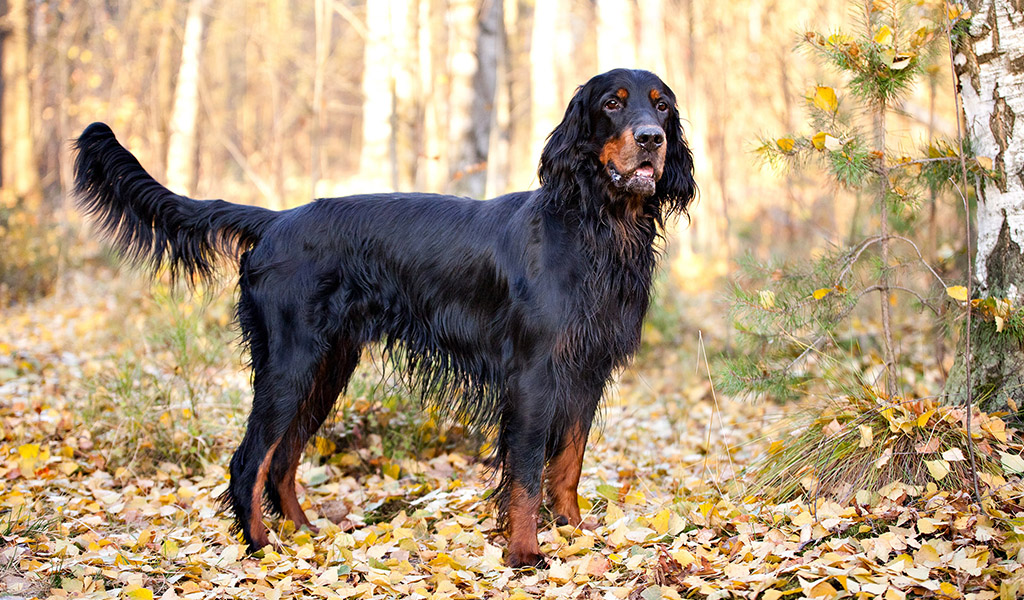

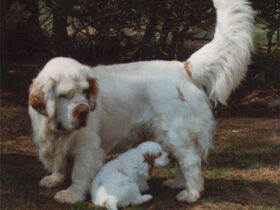
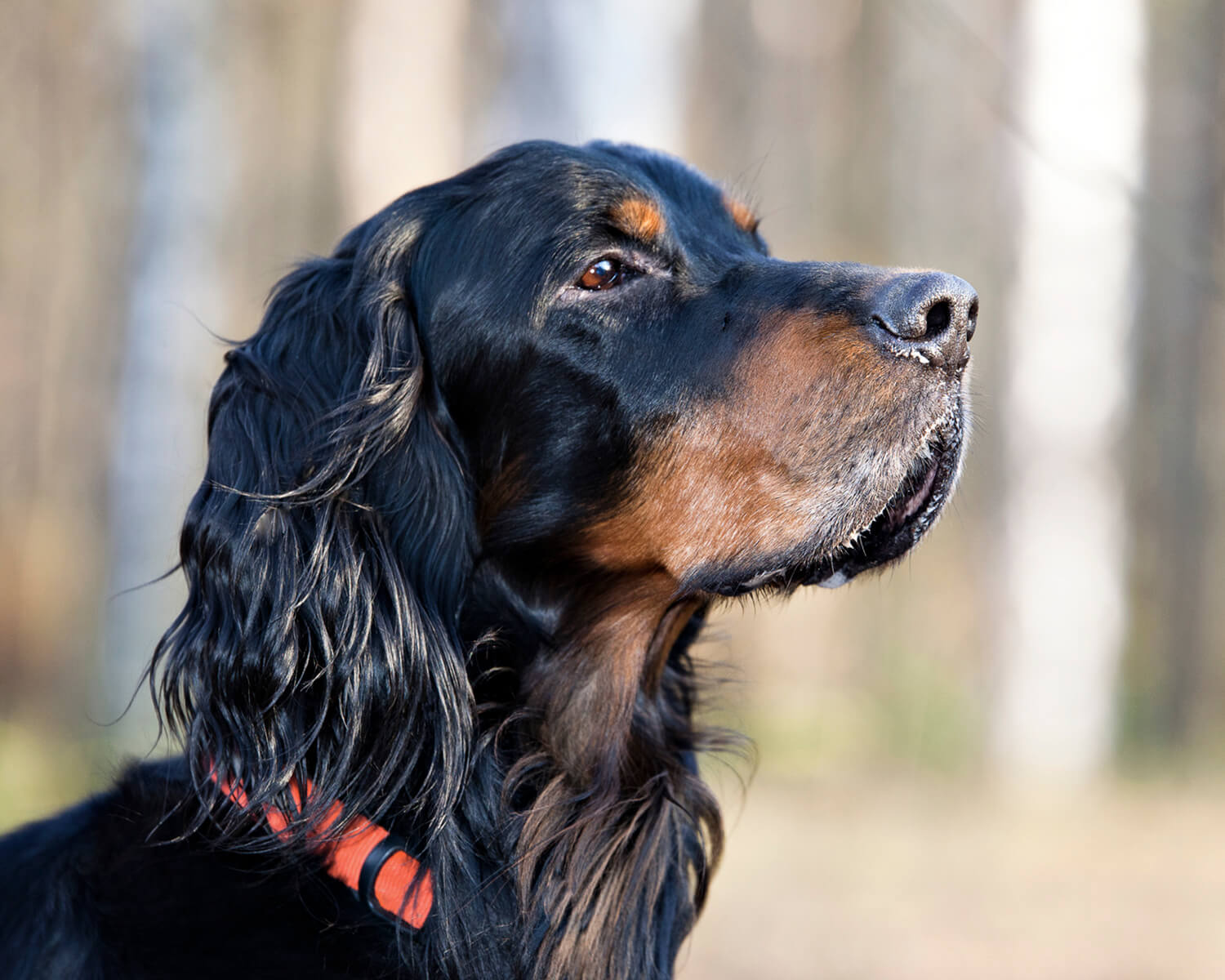
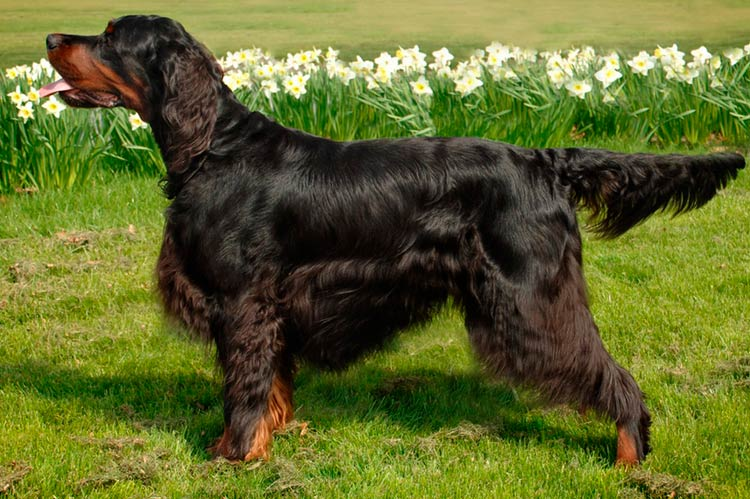

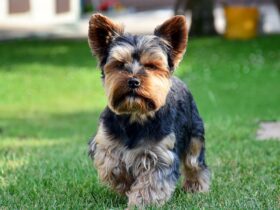
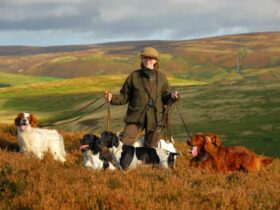
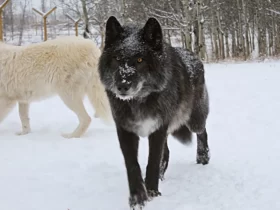
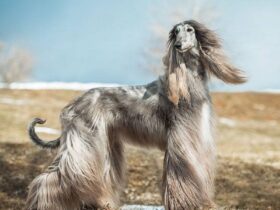

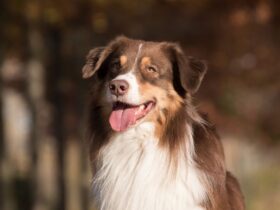
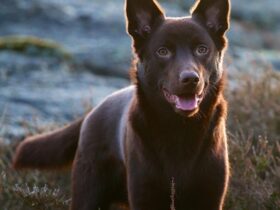
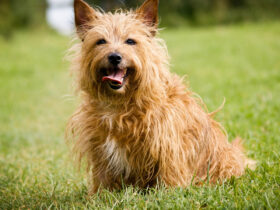
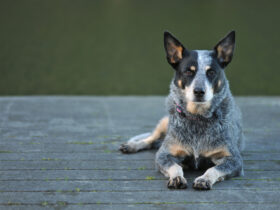
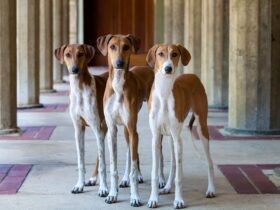
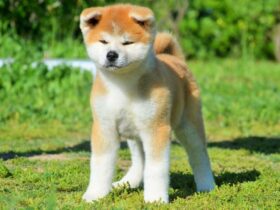
Leave a Reply